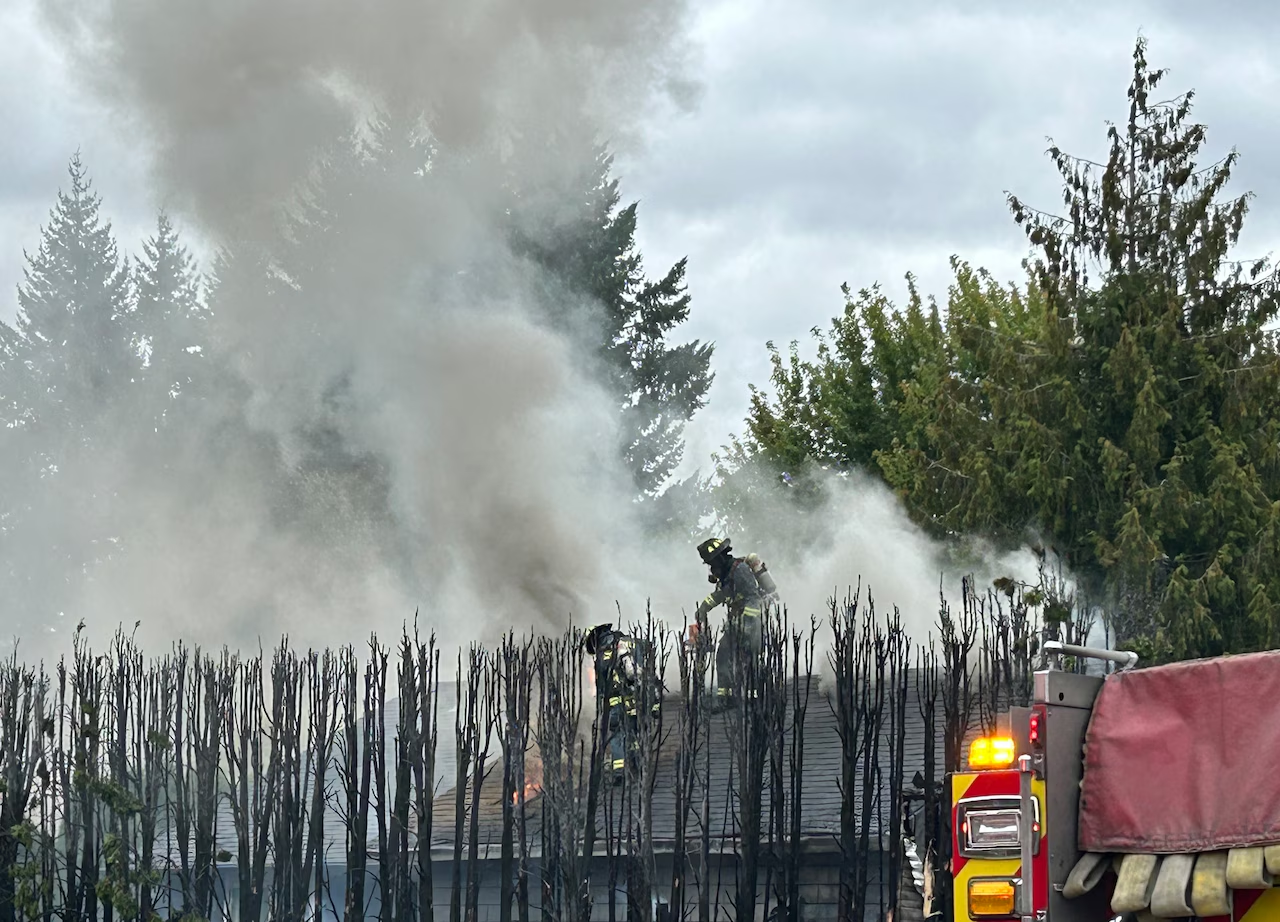Portland, Ore. – A new study from Portland State University (PSU) challenges the widely held belief that Oregon’s Measure 110 was primarily to blame for the state’s sharp rise in drug-related deaths. Instead, researchers concluded that the COVID-19 pandemic and the rapid spread of fentanyl were the key drivers of the crisis.
Background on Measure 110
Oregon voters approved Measure 110 in 2020, and it went into effect in February 2021. The law decriminalized possession of personal-use amounts of all controlled substances, replacing criminal charges with citations and referrals to treatment services. It also aimed to redirect funding toward behavioral health programs to address substance use through care rather than incarceration.
From the start, Measure 110 was controversial. Supporters framed it as a step toward reducing the harms of mass incarceration, while critics argued it removed accountability and fueled crime. By 2023, mounting public frustration had led lawmakers to consider partially re-criminalizing drug possession.
Public Perception vs. Data
Public opinion leaned heavily against the law. A 2023 statewide survey suggested that most voters believed conditions had worsened after its passage, with rising overdoses and visible drug use on city streets feeding calls for repeal.
However, PSU’s research, led by Associate Professors Kelsey Henderson and Christopher Campbell and Professor Brian Renauer, found that those perceptions were not supported by the evidence.
“While the rollout of Measure 110 had real problems, it was not responsible for the rise in crime and overdose deaths,” the researchers wrote.
Key Findings from the Study
The three-year PSU study examined statewide data on arrests, overdose deaths, and crime rates between 2020 and 2024. Its findings highlighted several critical trends:
-
Overdose deaths began rising before Measure 110 was implemented and spiked during the COVID-19 pandemic.
-
By 2023, drug-related arrests, charges, and crime rates were either stable or declining at relatively low levels.
-
Fentanyl’s emergence as a dominant street drug coincided with the sharp increase in overdoses, not policy changes.
-
The spike in both crime and overdose deaths was more closely tied to post-pandemic instability than to Oregon’s decriminalization law.
The study concluded that while Measure 110 faced significant challenges in execution, it was not a causal factor behind the overdose crisis. Instead, the pandemic’s disruption of health care, employment, and social stability, combined with the spread of fentanyl, fueled the surge.
County-Level Variations
Trends varied across counties, but the broader picture was consistent: overdoses increased across Oregon regardless of local enforcement patterns. By late 2023, despite some stabilization, drug-related deaths remained elevated compared to pre-pandemic years.
The researchers also noted that rising crime levels observed in 2020–2021 were less a new phenomenon than a return to pre-COVID baselines, rather than a direct effect of Measure 110.
Implications for Policy
PSU researchers said their findings can serve as a baseline for evaluating Oregon’s future strategies, particularly the shift from defelonization (removing criminal penalties) to deflection (redirecting people into treatment rather than jail).
They cautioned that the success of deflection policies will depend not only on whether lawmakers choose to re-criminalize possession but also on whether treatment services are accessible, adequately funded, and coordinated across state and county agencies.
Looking Ahead
As Oregon leaders continue to debate the future of Measure 110, PSU’s study highlights the importance of separating perception from evidence. The state’s overdose crisis, the researchers argue, cannot be solved by policy shifts alone but requires confronting the intertwined challenges of fentanyl use, public health infrastructure, and post-pandemic recovery.















Leave a Reply